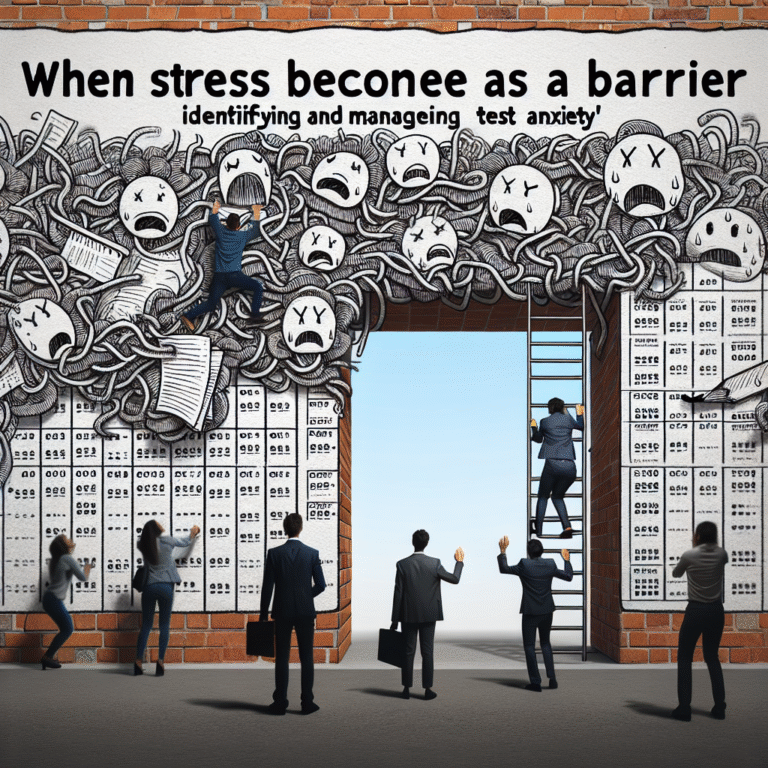
Introduction
In today’s fast-paced educational landscape, understanding how to effectively support student learning is more crucial than ever. The concept of the Zone of Proximal Development (ZPD) introduced by Lev Vygotsky offers profound insights into how educators can “bridge the gap” between what learners can do independently and what they can achieve with guidance. This article delves into how Vygotsky’s ZPD shapes modern education through practical applications, enriching case studies, and strategies that empower both educators and learners.
What is Vygotsky’s ZPD?
Vygotsky defined the ZPD as the distance between what a learner can accomplish alone and what they can achieve with assistance. This notion shifts the focus from mere acquisition of knowledge to the process of learning through social interaction. The ZPD encourages educators to tailor their approach to meet students’ individual needs, fostering an environment where critical thinking and independence can flourish.
The Core Principles of ZPD
- Social Interaction: Learning is inherently social, impacting knowledge acquisition and cognitive development.
- Scaffolding: Educators should provide appropriate support – like a scaffold – to help learners reach higher levels of understanding.
- Dynamic Assessment: This approach evaluates not only what students know but also how they approach learning tasks with and without assistance.
The Role of Scaffolding in Education
What Is Scaffolding?
Scaffolding refers to the support mechanisms provided by educators to assist students as they work through tasks within their ZPD. This could include tailored instruction, feedback, and collaborative learning opportunities.
Key Elements of Effective Scaffolding:
- Collaboration: Fostering peer-to-peer interactions.
- Gradual Release: Shifting responsibility from the instructor to the learner.
- Continuous Feedback: Providing timely and constructive responses to aid learning.
Case Study: Scaffolding in Action
In a middle school mathematics class, a teacher implemented scaffolding during a calculus unit. Students were initially paired with more knowledgeable peers, where they discussed problem-solving techniques. The teacher gradually introduced more challenging problems, offering hints and encouragement. By the end of the unit, students reported increased confidence and improved mastery of calculus concepts.
Analysis: This case highlights how scaffolding fits within the ZPD framework, allowing students to collaboratively build their understanding while supported by both peers and instructors.
Real-World Applications of ZPD in Modern Classrooms
Differentiated Instruction
Differentiated instruction tailors teaching methods to accommodate different learning styles and levels of readiness. Recognizing students’ ZPD enables educators to align their techniques to the specific needs of students. By using various methods such as group work, project-based learning, and individualized assignments, educators can effectively engage students and enhance learning outcomes.
Collaborative Learning Environments
Collaborative learning aligns closely with Vygotsky’s theories, encouraging students to learn from one another. Activities like group projects and peer teaching allow students to negotiate meaning and build knowledge collectively. This approach not only strengthens understanding but also fosters essential social skills.
Case Study: Collaborative Learning in Science Education
A high school science teacher orchestrated a project where students investigated local environmental issues. By working in groups, they identified problems, researched, and presented solutions. The teacher facilitated discussions during this process, guiding students within their ZPD.
Analysis: The collaborative environment sparked deeper engagement and critical thinking, illustrating the success of applying ZPD principles in group learning contexts.
Overcoming Challenges in Implementing ZPD
While Vygotsky’s ZPD offers a robust framework for enhancing education, challenges can arise in its implementation. Here are some common obstacles and strategies to overcome them.
Challenge 1: Diverse Learning Needs
Solution: Regular assessments and feedback enable educators to identify students’ ZPDs accurately, ensuring tailored support that addresses varied learning profiles.
Challenge 2: Time Constraints
Solution: Integrating ZPD principles into existing curricula can yield progressive results without necessitating a complete overhaul of teaching practices. This might include minute-to-minute adjustments or weekly focus themes that align with students’ developmental needs.
Challenge 3: Resistance to Collaborative Learning
Solution: Professional development training can equip educators with strategies to foster a collaborative and inclusive classroom environment, ultimately making collaborative learning more effective.
Benefits of Emphasizing ZPD in Educational Frameworks
Enhanced Engagement
By tailoring instruction to fit each student’s ZPD, educators can foster a greater interest in learning. Engaged learners are more likely to participate actively, ask questions, and pursue knowledge autonomously.
Improved Learning Outcomes
Research shows that when teaching applies ZPD principles, students often exhibit higher achievement levels. By addressing students’ readiness and providing the right support, learning becomes more meaningful.
Lifelong Learning Skills
By cultivating an environment that prioritizes ZPD, educators empower students with the skills needed for lifelong learning, including critical thinking, collaboration, and self-regulation.
Conclusion
Bridging the Gap: How Vygotsky’s ZPD Shapes Modern Education emphasizes the transformative power of educational practices rooted in students’ developmental readiness. By utilizing scaffolding, collaborative environments, and differentiated instruction, educators can truly empower students to reach their full potential. Investing in understanding and implementing the ZPD not only enhances individual learning experiences but also cultivates a richer, more interactive educational landscape.
FAQ Section
1. What is the Zone of Proximal Development?
The ZPD is the range between what a learner can do independently and what they can achieve with assistance, emphasizing the importance of social interactions in learning.
2. How can educators effectively implement ZPD in their classrooms?
By utilizing scaffolding techniques, collaborative learning, and differentiated instruction tailored to students’ varied needs.
3. What are some common strategies for scaffolding?
Key strategies include gradual increase in task difficulty, providing timely feedback, and fostering peer collaborations.
4. How does ZPD benefit diverse learners?
Understanding ZPD allows educators to create customized learning experiences, accommodating individual strengths and weaknesses.
5. Can ZPD principles be applied in higher education?
Absolutely! Higher education can benefit from ZPD through collaborative projects, mentoring relationships, and tailored instruction, fostering critical thinking and independent learning.
By actively embracing the principles of Vygotsky’s ZPD, educators can effectively bridge the gap in modern education, ensuring that all students are equipped to navigate the complexities of our ever-changing world.


















